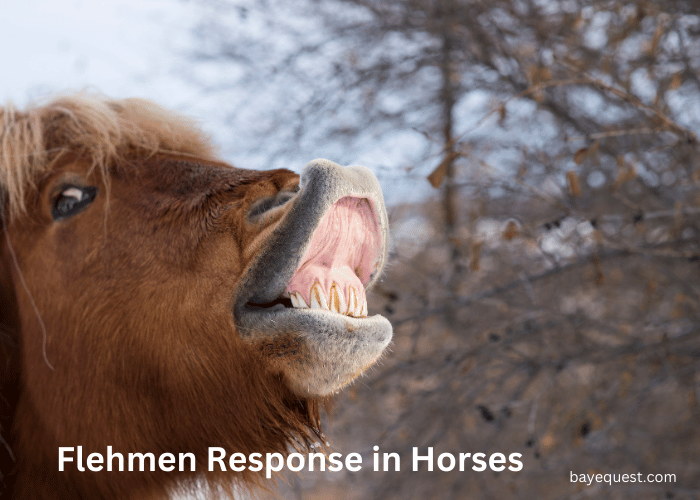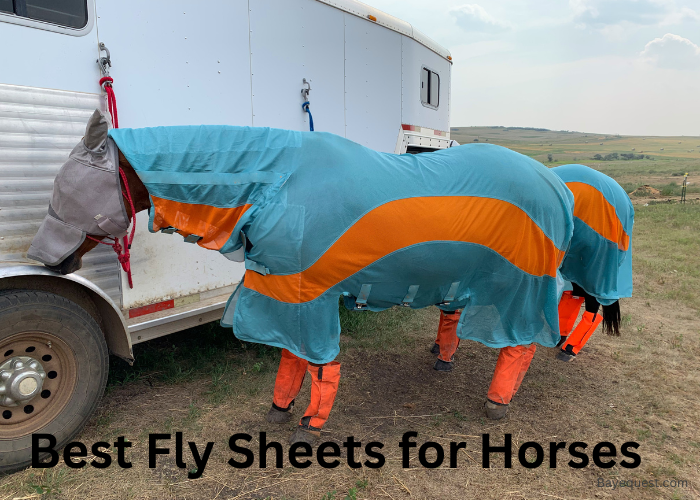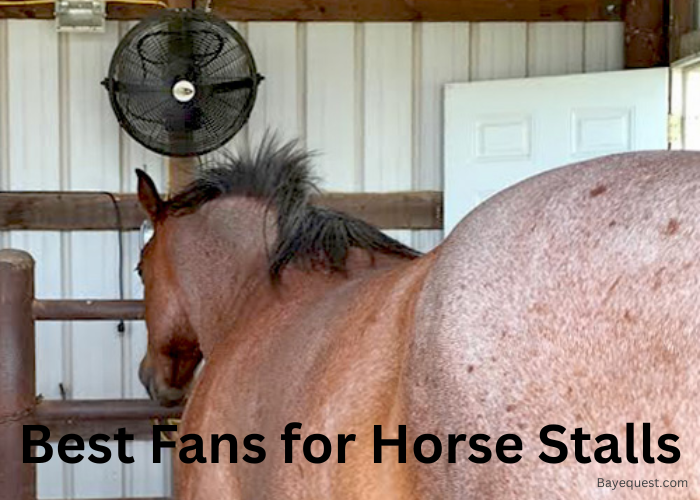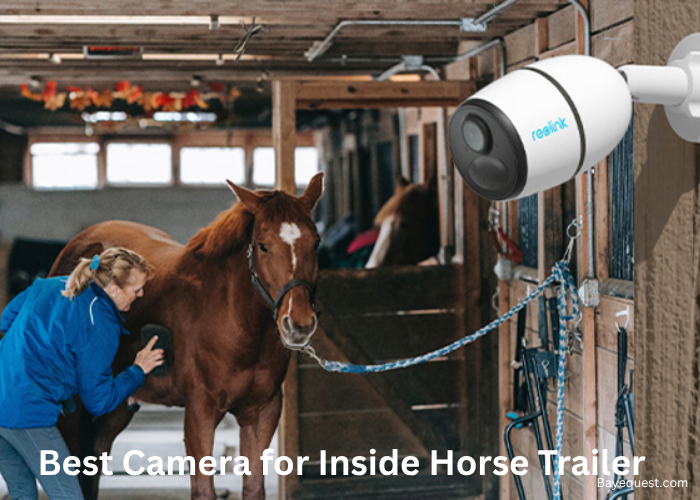Horses are full of surprises, and one of their quirkiest habits often catches people off guard. It’s a brief moment, but it stands out every time.
You’ve probably noticed it—something about the way they lift their head and curl their lip. There’s more to this behavior than you might think, and it’s one of those things that makes horses so fascinating.
Ready to uncover what’s behind this curious move? Let’s get started.
Flehmen Response in Horses: Key Takeaway
The flehmen response in horses involves curling the upper lip to draw scents into the vomeronasal organ. This helps horses analyze chemical signals, like pheromones. Stallions often use it to detect mares in heat, but all horses may display this behavior when encountering new or strong smells in their environment.
What is the Flehmen Response?
The flehmen response is a behavior seen in many animals, including horses. It happens when a horse curls its upper lip and raises its head.
This action helps the horse better detect smells in its environment. The response is linked to a special organ called the vomeronasal organ, located between the roof of the mouth and the nasal cavity.
When a horse curls its lip, it draws air and scents into this organ. The organ then analyzes chemical signals, like pheromones, to gather more information.
Stallions, for example, often show the flehmen response when they detect mares in heat.
While it may look odd, the flehmen response is completely natural and plays an important role in how horses interact with their surroundings.
What is the Function of the Vomeronasal Organ?
The vomeronasal organ, or Jacobson’s organ, helps horses detect scents, especially pheromones. It’s located between the nose and the roof of the mouth.
When a horse curls its lip, air and scents are pulled into this organ.
The main job of the vomeronasal organ is to sense chemical signals, like pheromones, which are linked to reproduction and social behavior. Stallions use it to detect if mares are in heat.
But it’s not just about mating. The organ also picks up other scents, like new or unfamiliar smells in the environment.
It allows horses to gather important information through scent, helping them understand their surroundings better.
Interesting read: How do Horses Mate?
Why Do Horses Exhibit the Flehmen Response?
Horses exhibit the flehmen response to better detect and analyze scents in their environment.
When a horse curls its upper lip and lifts its head, it allows scents to enter the vomeronasal organ, also known as the Jacobson’s organ.
This organ is specialized in picking up chemical signals, such as pheromones, that can provide valuable information to the horse.
One common reason horses display the flehmen response is to sense reproductive signals. Stallions often use it when they detect mares in heat.
However, the behavior isn’t limited to reproduction. Horses might show the response when they come across new or strong smells, such as unfamiliar foods, other animals, or objects.
In some cases, the flehmen response is triggered by unusual odors, like those associated with health issues in other horses or in their environment.
By using this response, horses gain a deeper understanding of their surroundings. It’s a tool for gathering critical information through scent.
Read also: What is Quidding in Horses?
When Do Horses Use the Flehmen Response?
Horses use the flehmen response when they encounter strong or unfamiliar smells. Stallions often show this behavior when they detect mares in heat.
Horses may also use the flehmen response when introduced to new environments, objects, or animals with unfamiliar scents.
It can happen when they smell new food, strange odors, or even when they sense something unusual in another horse, like sickness.
In some cases, the flehmen response helps horses analyze strong chemical or environmental smells.
While it’s most commonly seen in stallions, mares and geldings may also use the flehmen response in similar situations.
How to Identify Flehmen Response Vs Other Behaviors
Identifying the flehmen response is simple once you know what to look for. Horses displaying this behavior will curl their upper lip, exposing their teeth, and lift their head high.
This movement is often accompanied by a pause as the horse inhales, drawing scents into its vomeronasal organ. The response looks distinct and is different from other behaviors.
In contrast, other facial behaviors can be mistaken for the flehmen response.
For example, when a horse stretches its neck and lifts its head while investigating something, this is not the same.
Chewing, yawning, or playing with objects may also involve head movements, but the horse lip curling of the flehmen response is unique.
The key is to observe the combination of the curled horse lip and the deliberate pause in the action, which signals that the horse is analyzing a scent.
Do all Horses Exhibit Flehmen Response?
Yes, all horses can exhibit the flehmen response, though it’s more commonly seen in certain situations.
Stallions tend to show this behavior more frequently, especially when they detect pheromones from mares in heat. (See also: Mares in Heat Signs.)
However, mares and geldings can also display the flehmen response, particularly when they encounter strong or unfamiliar smells.
While the response is natural to all horses, individual horses may show it more often depending on their environment, exposure to new scents, or their curiosity.
It’s not limited by age or gender, so any horse can exhibit the flehmen response when triggered by certain scents or odors.
Do Foals Exhibit Flehmen Response?
Yes, foals can exhibit the flehmen response. Although it’s more commonly seen in adult horses, foals may display this behavior as they explore and experience new scents in their environment.
They might curl their upper lip and lift their heads when they encounter unfamiliar smells.
In foals, the flehmen response is part of their natural curiosity and sensory development.
While they may show it less frequently than adult horses, it’s still a normal and healthy behavior that helps them learn about the world around them.
Is Flehmen Response Seen in Other Mammals?
Yes, the flehmen response is seen in many other mammals, not just horses. It’s commonly observed in animals like cats, goats, and deer.
Big cats, such as lions and tigers, frequently display this behavior when detecting pheromones. Male goats, especially during mating season, use the flehmen response to sense females in heat.
Other animals, like cattle and giraffes, also show this response when they encounter strong scents or pheromones.
The behavior is linked to the vomeronasal organ, which is present in many mammals and helps them analyze chemical signals.
Is the Flehmen Response Seen in Humans?
No, the flehmen response is not seen in humans. The human vomeronasal organ is either underdeveloped or non-functional.
Humans rely more on their primary olfactory system, which processes smells differently from animals that exhibit the flehmen response.
Although humans can detect a wide range of scents, we do not use the same lip-curling behavior to enhance our sense of smell.
The flehmen response is unique to certain mammals, primarily those with a well-developed vomeronasal organ.
Conclusion
The flehmen response is one of those curious behaviors that makes horses so fascinating. It’s not just a funny face—it’s a way for horses to gather important information from their surroundings.
Whether it’s a stallion sensing a mare in heat or a horse reacting to an unfamiliar scent, this response helps them navigate the world.
Understanding the flehmen response gives us a deeper appreciation of how horses interact with their environment.
So next time you see a horse curl its lip, you’ll know there’s more going on than meets the eye.








